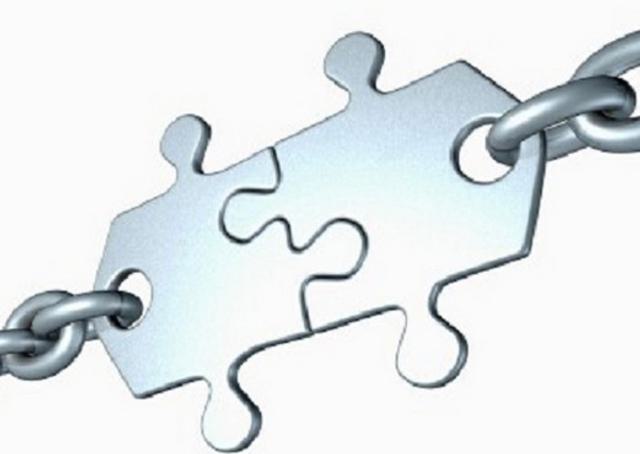Relationship Fundraising ignited – why it’s relevant today
- Written by
- Richard Turner
- Added
- July 13, 2016

Relationship Fundraising written by Ken Burnett is the first fundraising book I read from cover to cover. Published in 1992, surely it’s out of date? Well yes of course it is. The world has changed.
Yet, bizarrely, the principles it articulates could not be more relevant because the world has changed.
With it the rules of communication have changed. Don’t take my word for it. Read more recent books like The New Rules of Sales and Service by David Meerman Scott (John Wiley & Sons, USA, 2014) and Sticky Marketing by Grant Leboff (Kogan Page Limited, UK, 2011). And if the rules of communication, marketing and sales have changed the rules of fundraising have too. More so: we now we live a world where marketing can be a conversation. The internet created the first ‘many to many’ means of communication.

Here is how I would sum up the consequences of this:
- Each of us is now a channel.
- You have social capital - the social capital I have with my network of contacts is greater than the social capital a charity I support will have with my network of contacts.
- We buy based on opinions from people we trust – whether it’s recommendations from a friend or peers, Amazon reviews, or Trip Advisor. We dislike being marketed to.
And what are the implications of this? One to many is about shouting. Many to many is about conversations. I would say fundraising is no longer how to get money out of me, or how to make me progress up the donor pyramid. It’s how to inspire me to spread your story with passion. That way you leverage my social capital. My influence. That in turn opens opportunities to a range of funders and donors. Because in this connected world you do not know who people know.
When I started to think about how to approach this new world it reminded me of that first fundraising book I read from cover to cover and the principles it advocated. Relationship fundraising, Ken is telling us, is a ‘total philosophy’. It helps you think.
The basis is that ‘people matter most’. That’s the first definition for relationship fundraising you come across in the book.
‘Relationship fundraising is fundraising where people matter most.’
And so the guidance it gives is on that basis. And now everyone matters because everyone is now a channel so the principles of relationship fundraising still apply but doubly so.
‘Anyone interested in you now matters.’
Relationship Fundraising says you should assume all donors leave a legacy.
‘The commercial logic in this is that small donors leave large legacies.’
Nowadays the commercial logic is that everyone is a channel, including small donors, which can lead to corporate partnerships, major grants, major gifts, new donors and legacies.
Anyone who is interested in you, or who you can engage to be interested in you, now matters.
I’ve applied this philosophy during my last five years at SolarAid and it works. I can cite –
A volunteer who secured a quarter of a million grant from a trust after being inspired when hearing about our mission at a summer festival.
A church minister in Ayr who raised a five-figure sum after learning of our campaign at a school assembly – a campaign initiated by a donor.
A corporation that gave a first gift of £25,000 because an employee had approached them with a solar light she had bought.
And examples of donors who have attracted other donors because of the experience we gave them, sometimes just as a result of a genuine thank you.

So, nearly 25 years on, the ideas, suggestions and tips throughout Relationship Fundraising still apply. Such as be prompt and reply quickly and efficiently to every request (page 58). Be interesting and memorable – tell a story; acknowledge every gift no matter how small; meet your donors as often as you can. But more than anything it’s the philosophy that helps you think and ask yourself what would be the best communication with this donor to strengthen the relationship? Not how to get money out of them.
Mr P always comes to the SolarAid office to give his donation in person. We often give him a cup of tea. We didn’t make it easy as over five years we moved offices four times. He always tracks us down and often leaves a donation of £100 or so. He doesn’t like email so I would always write to him. When we sent out a communication he would often come in with the copy he received in his hand. Last time he came he made a much, much bigger donation.
‘Relationship Fundraising advocates a return to the close intimacy of the one-to-one relationship between donor and cause.’
I’d like to think that’s the sort of relationship we achieved with Mr P and many other donors at SolarAid.
The principles of relationship fundraising are relevant now because we should be seeking an exchange with people that is not transactional.
It’s about providing something of value to the donor, because people will only participate if they feel they are getting value and, of course, that can be a feeling from giving or being part of achieving your mission, feeling that they matter.
The approach in Relationship Fundraising is based on the premise that it’s not about the ‘direct’ response. The indirect response matters too. Even those that don’t respond.
I would say this applies even more today. To turn your model from one to many (broadcasting) to many to many (conversations), you need to inspire people to spread your story for you. And to do that your communications need to be a means in themselves – and provide value – not a means to an end that pushes for a donation there and then.
Relationship Fundraising finishes by saying:
‘If people know and like you they are far more likely to do business with you.
An updated version in this many-to-many world of communication, and the opportunity it gives us, is:
‘If people know and like you they are far more likely do business with you and talk about you.’
Perhaps its time has come?

















